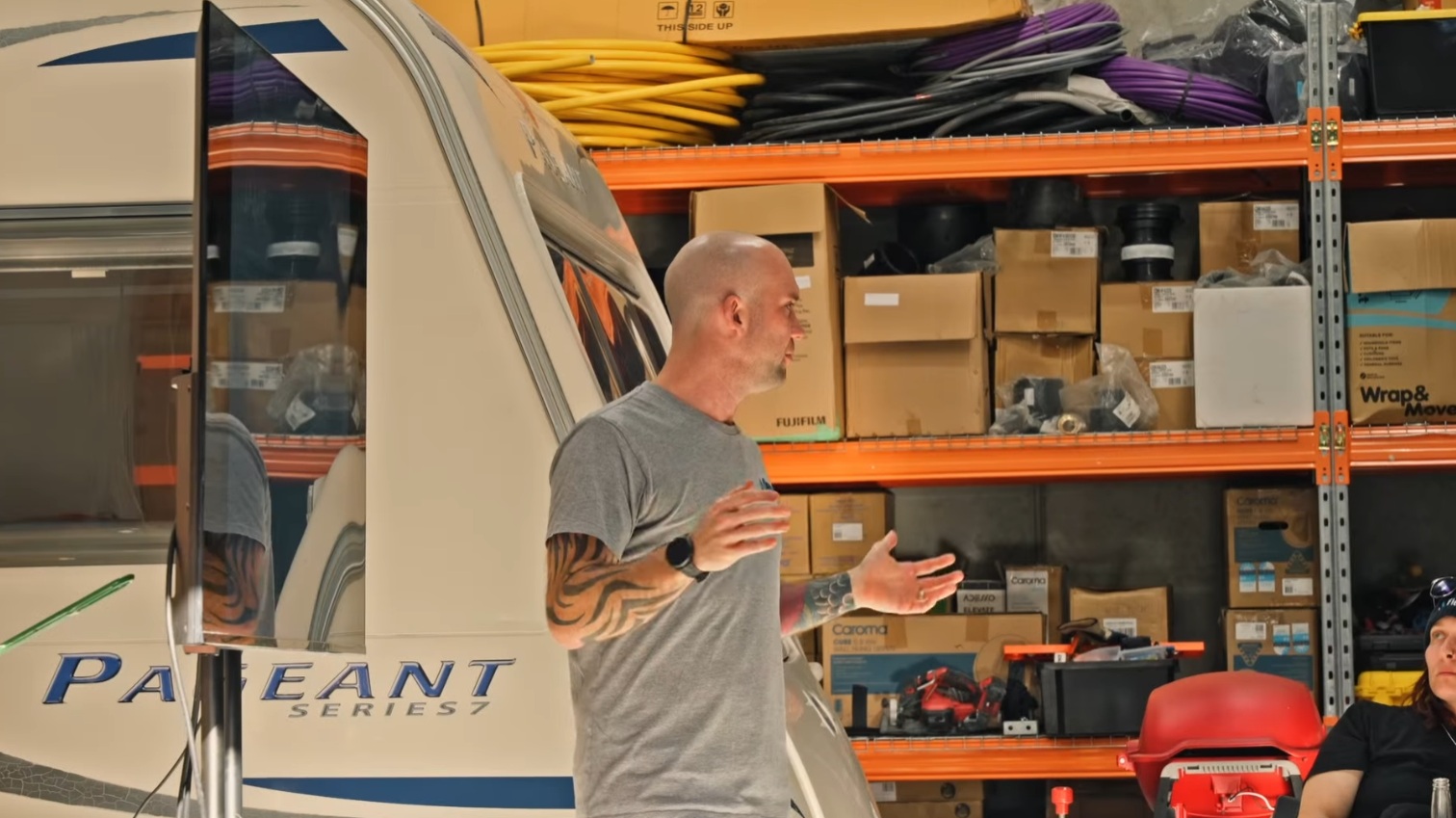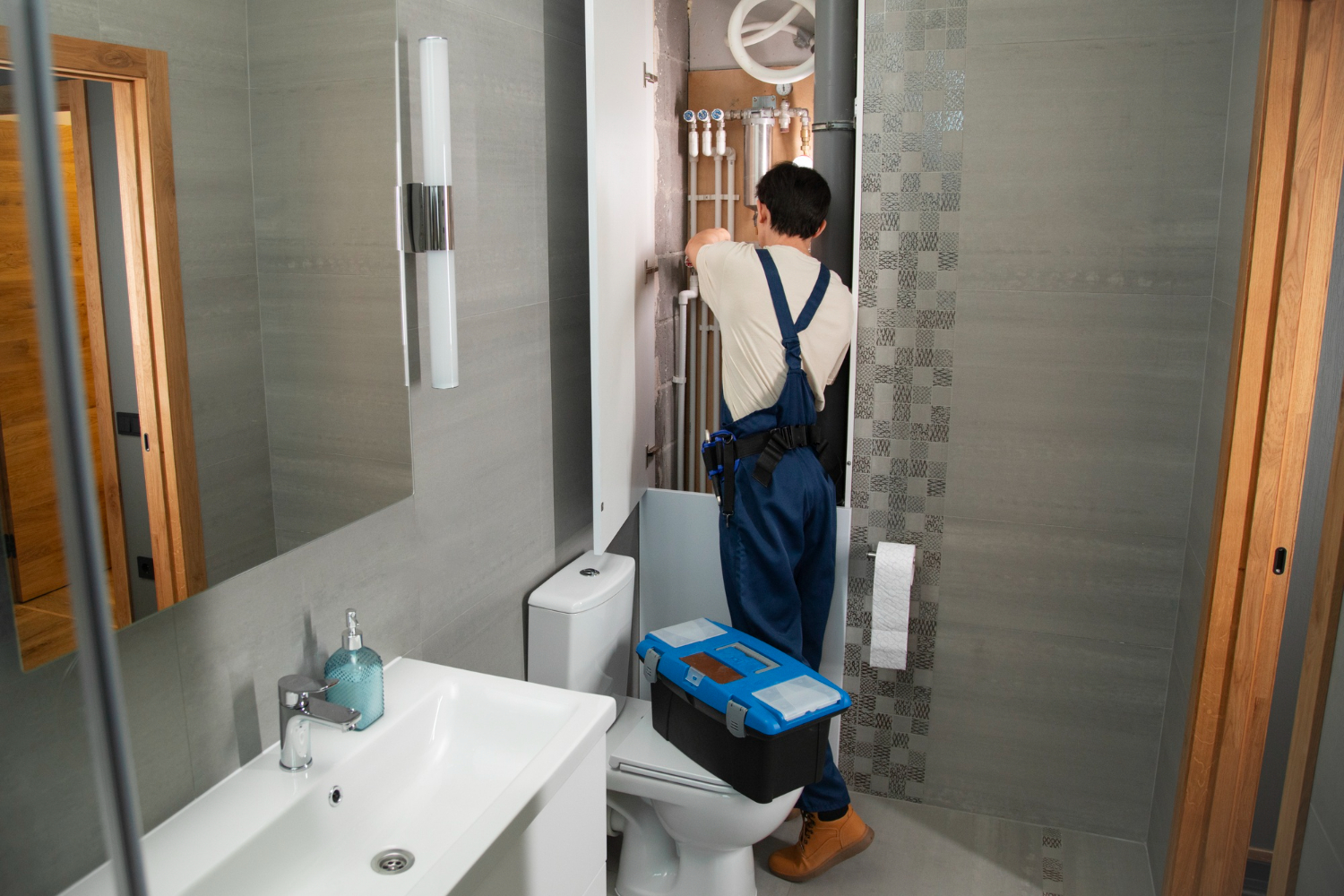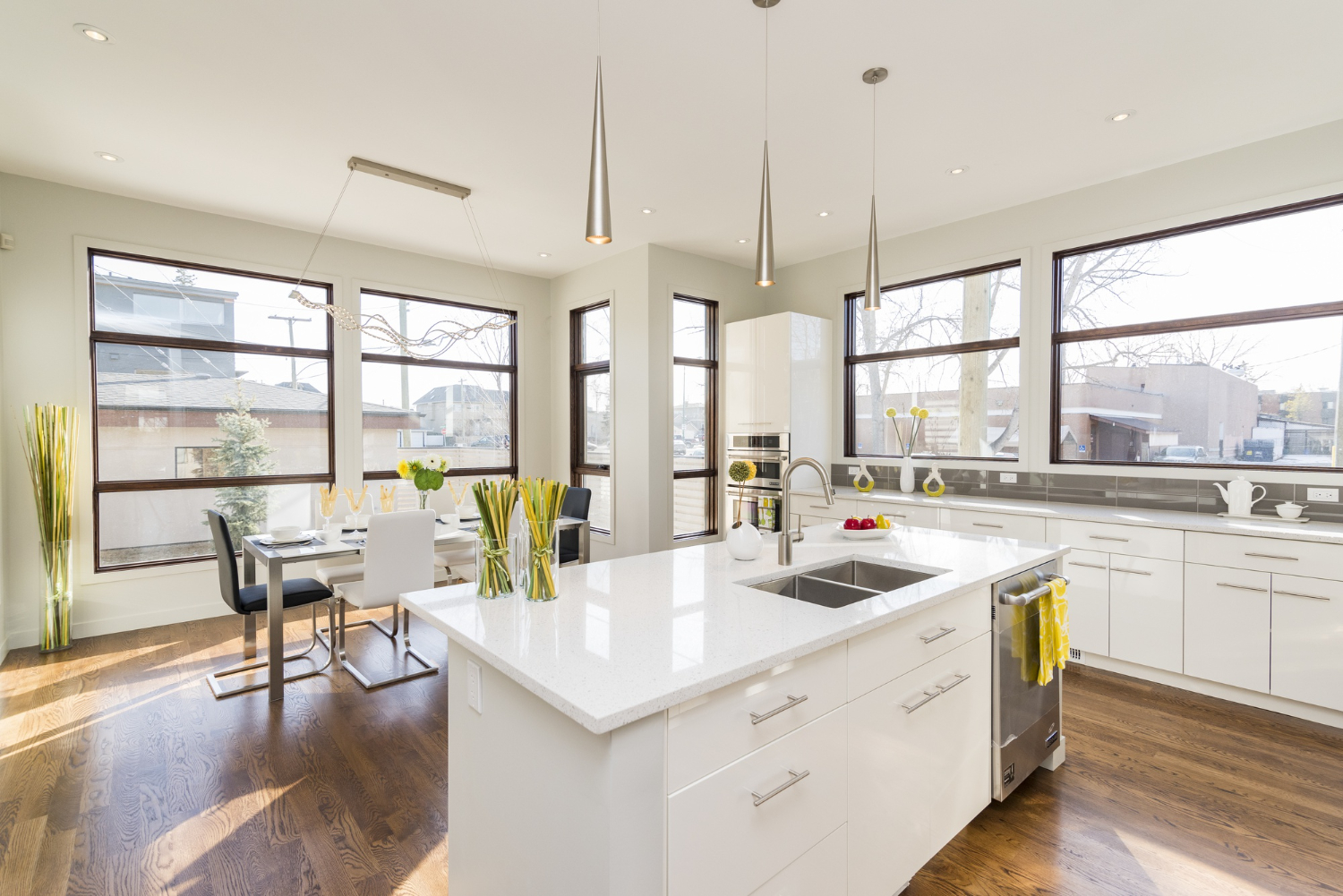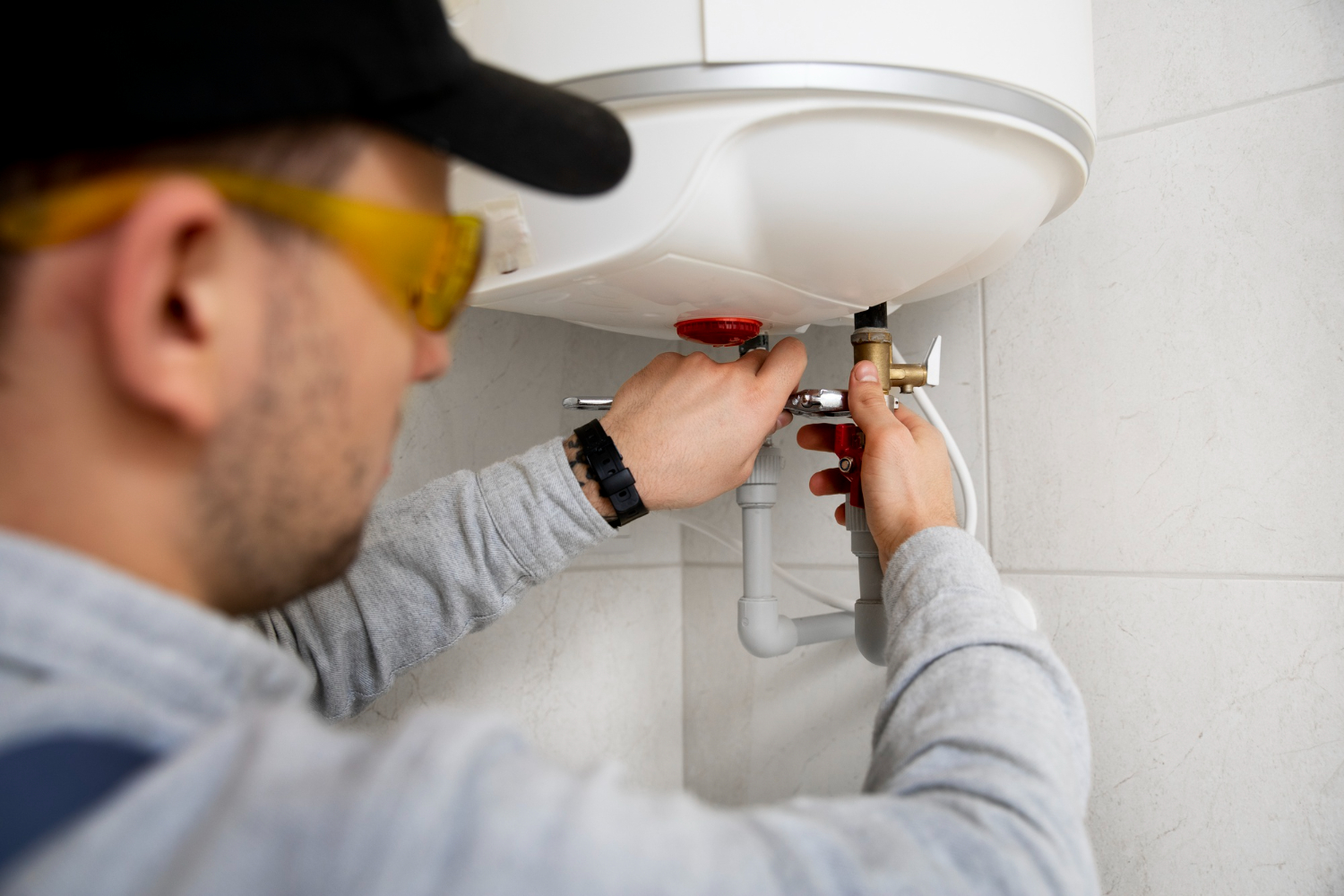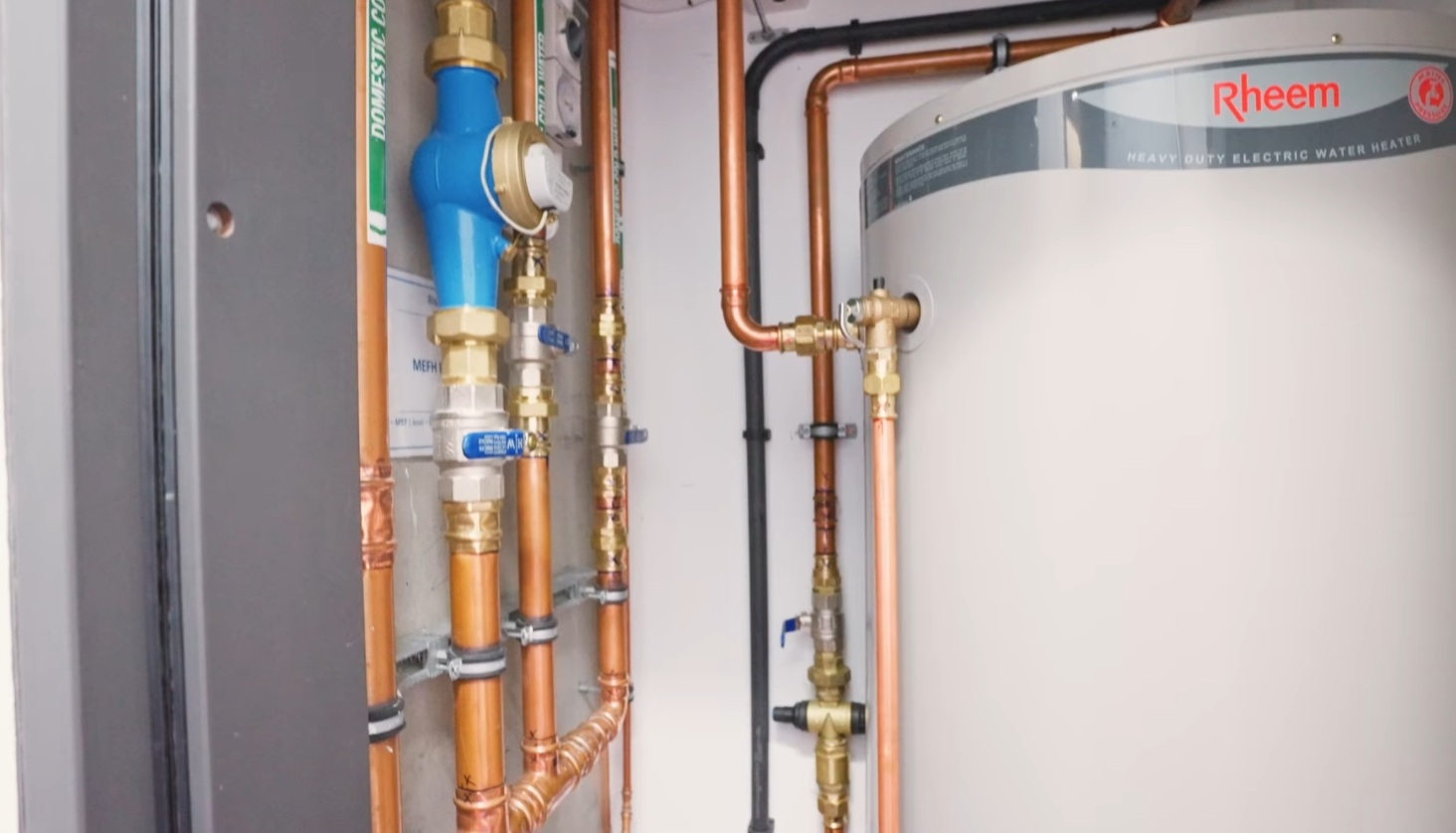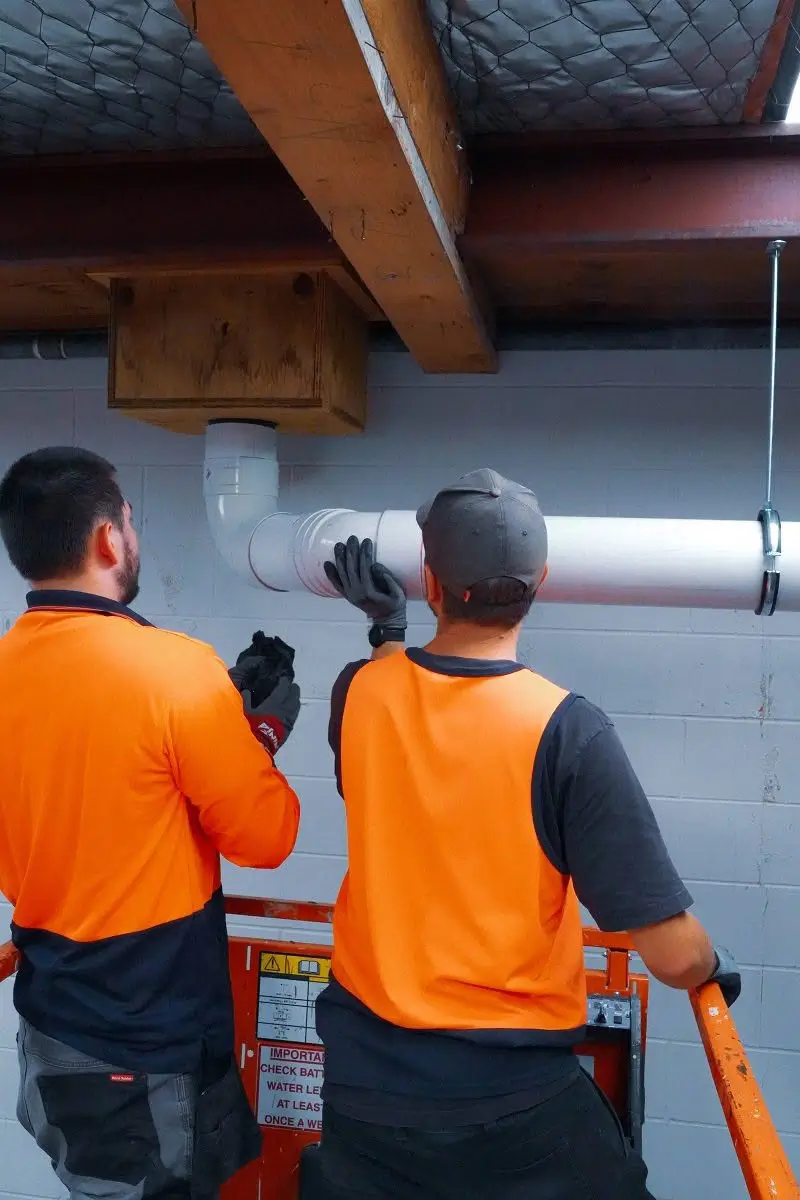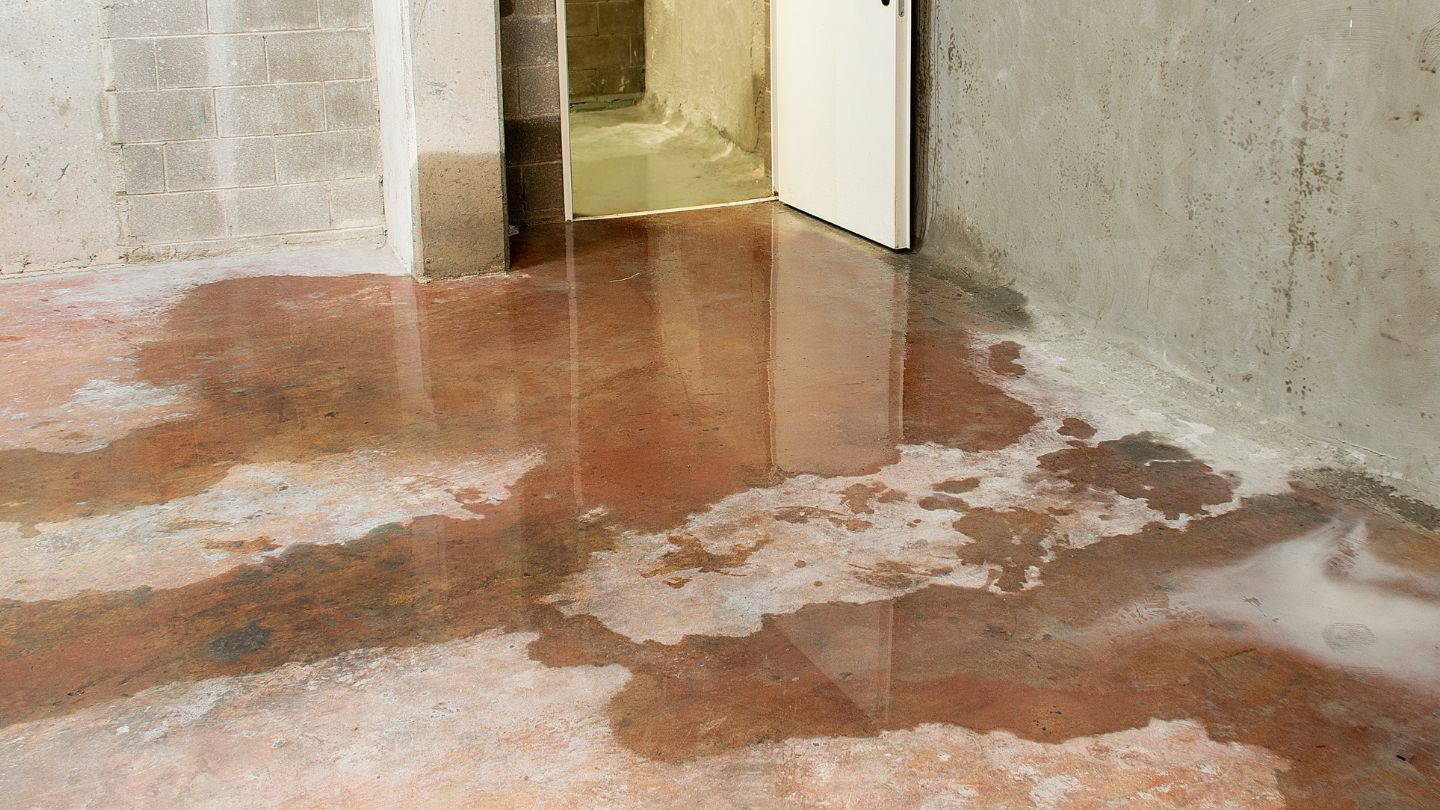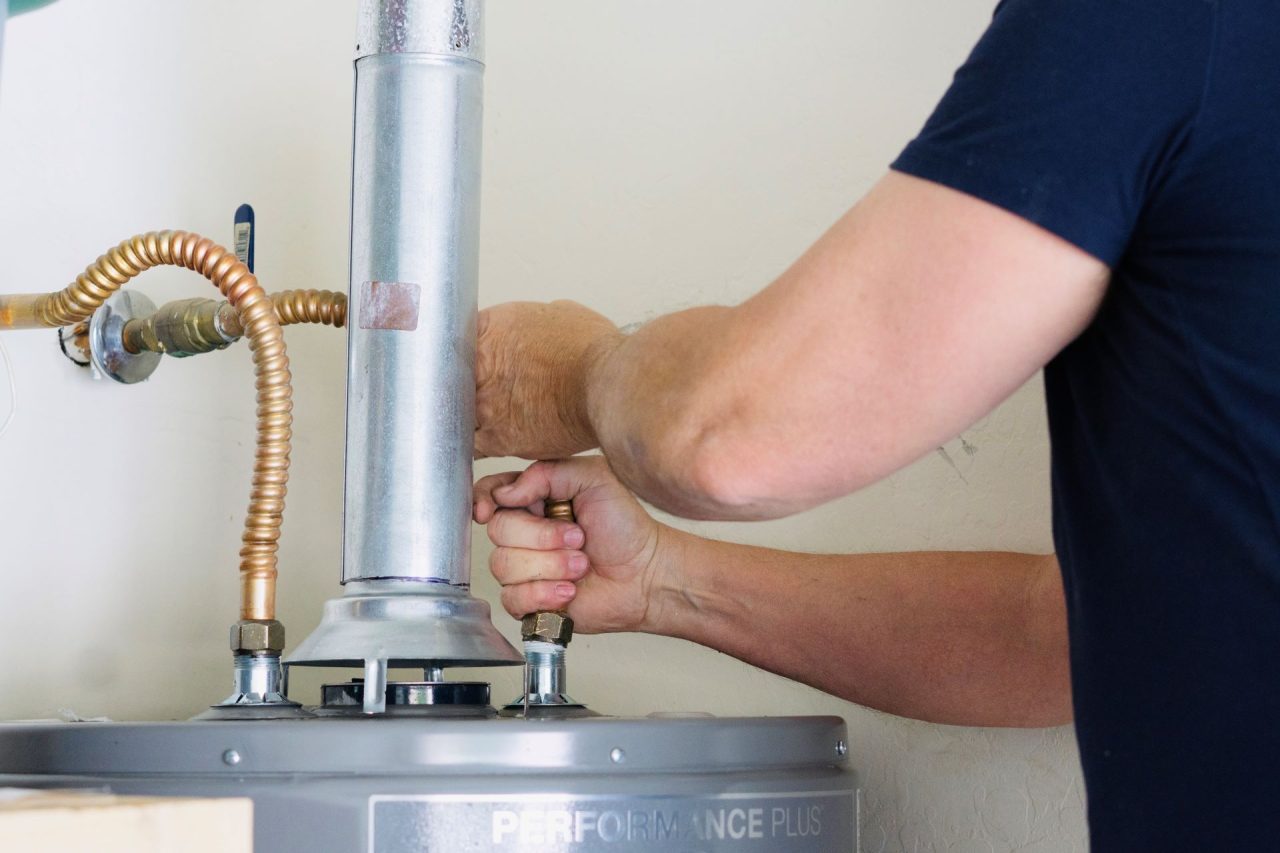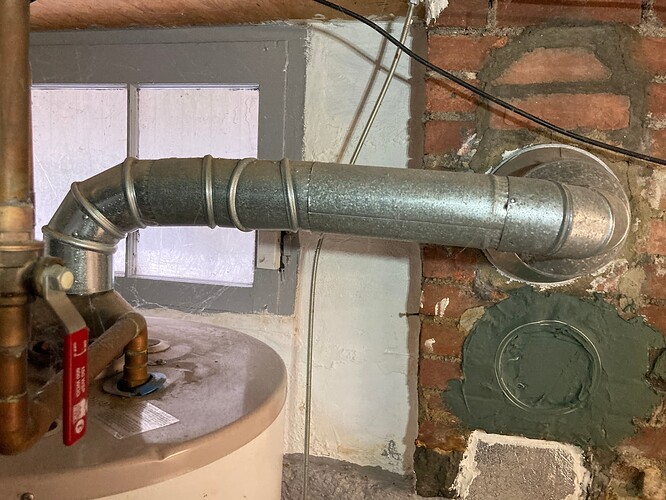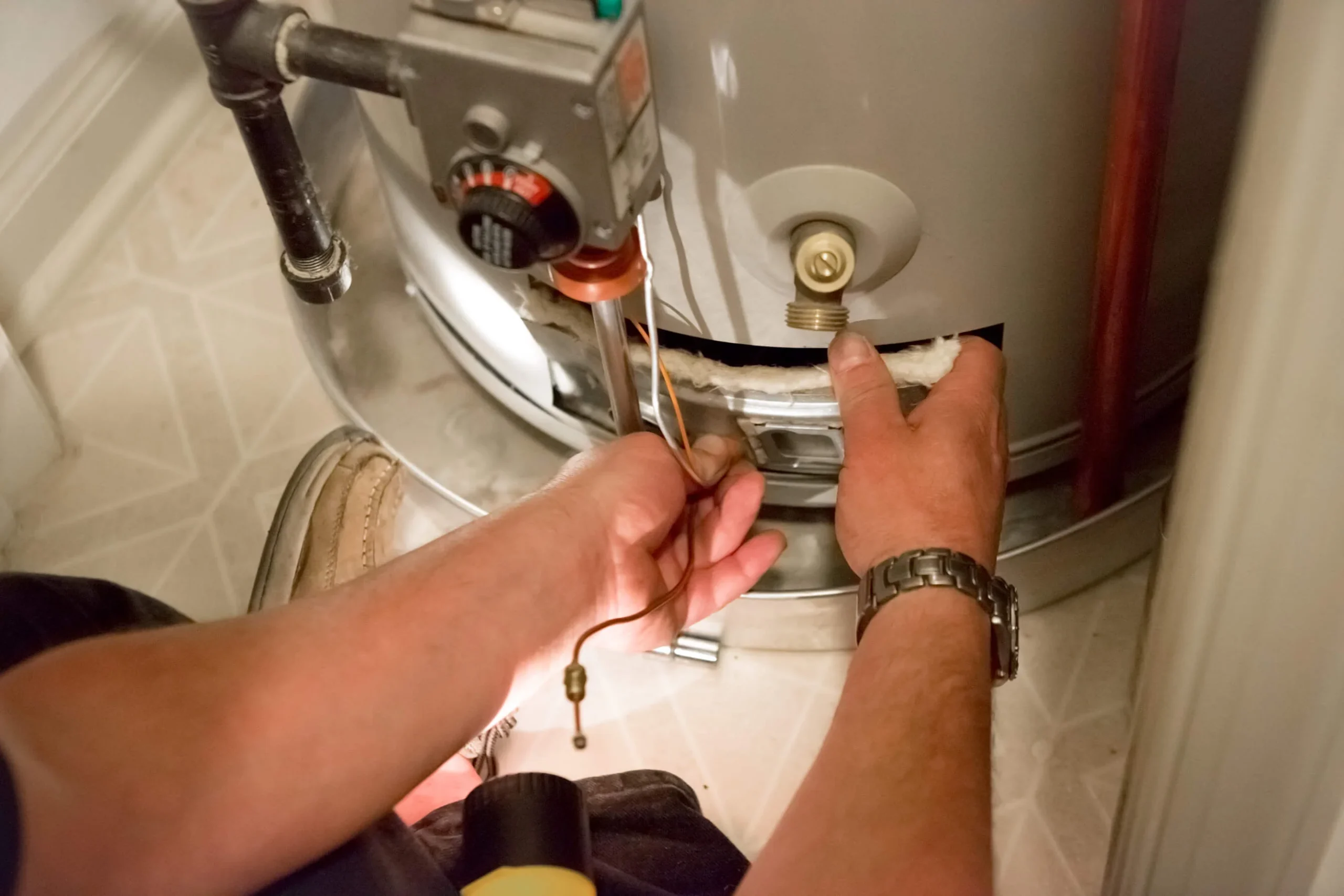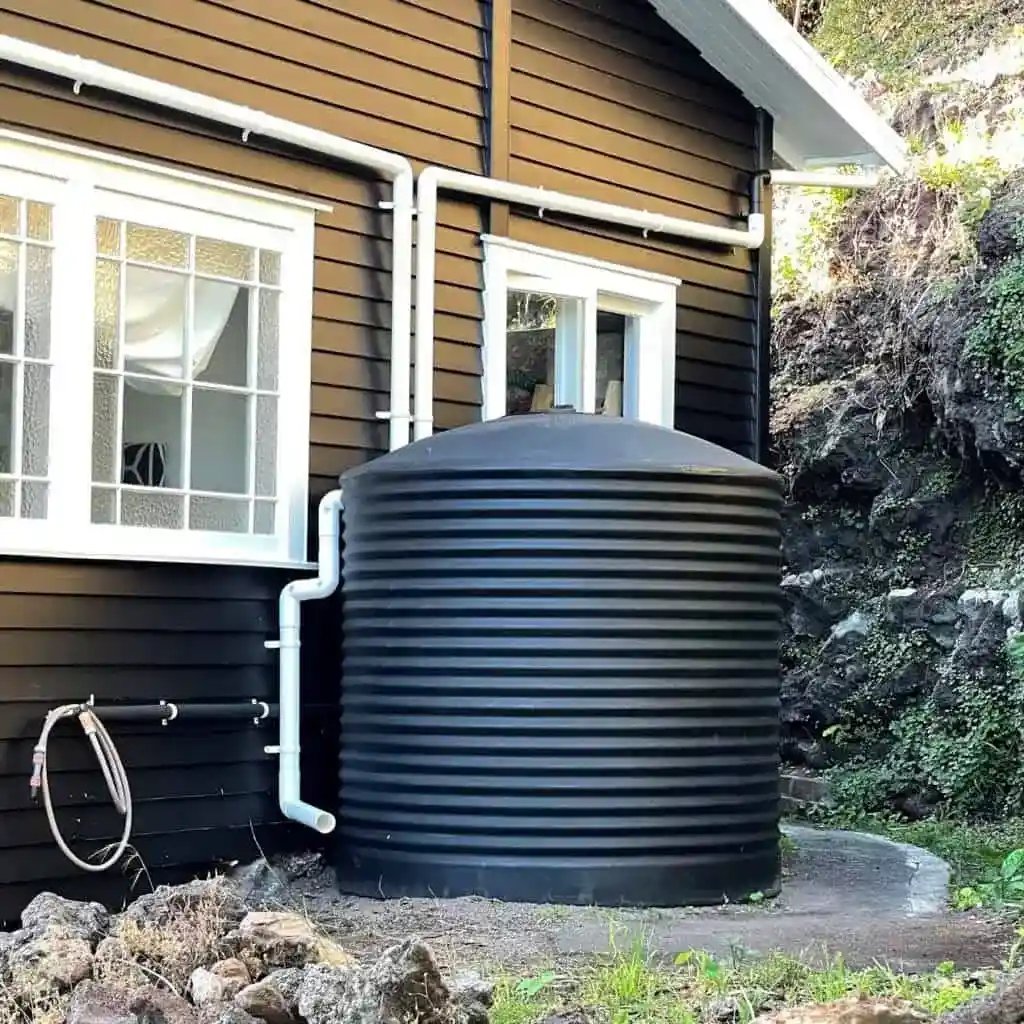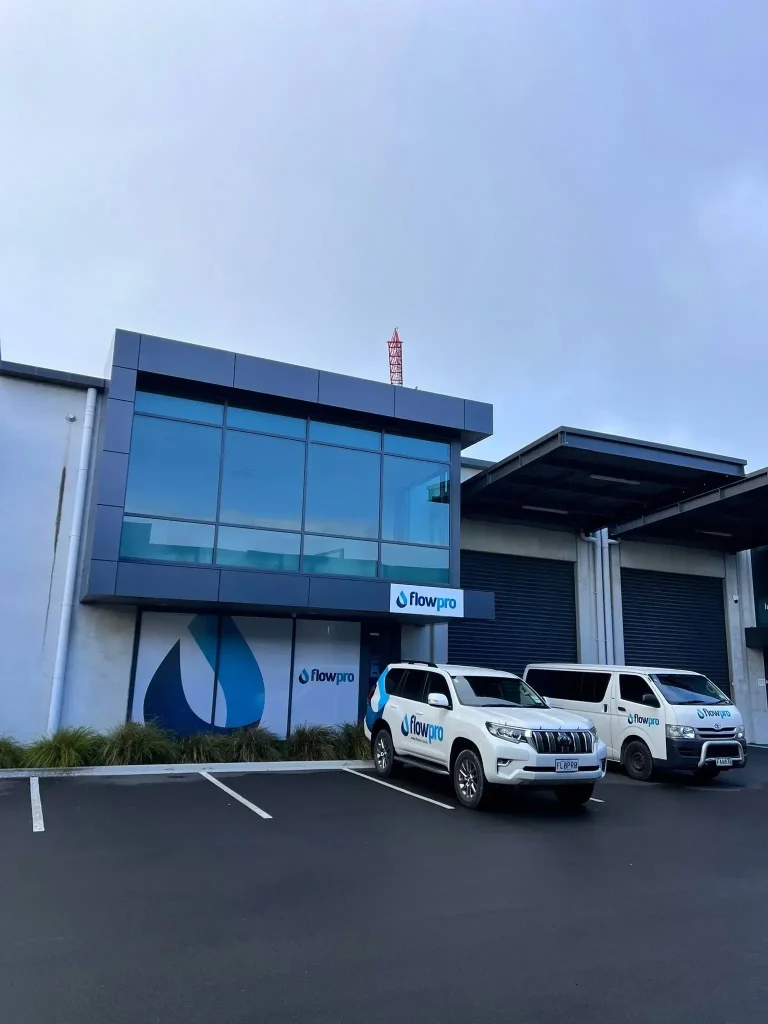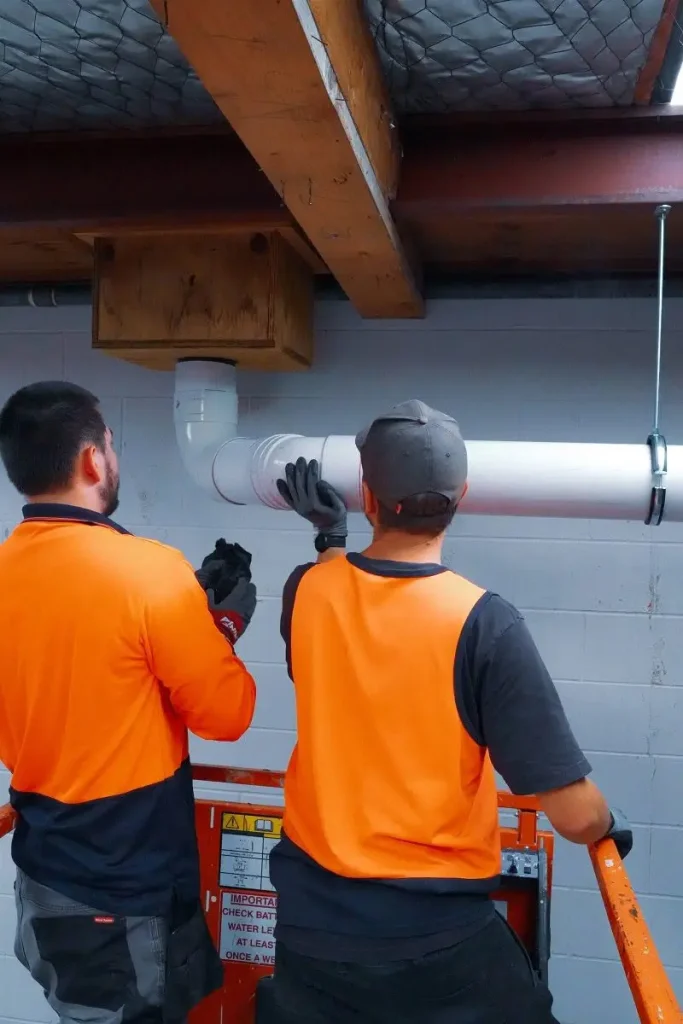Hot water cylinder replacement cost’s can vary dramatically depending on the cylinder’s age, efficiency, and any needed plumbing updates. Because water heating accounts for nearly a third of your home’s energy bill, it’s worth taking a close look at how your choices might affect both your wallet and your daily comfort. Below, you’ll find clear guidance on what influences these costs, how to compare repair versus replacement, and a few strategies to keep your energy bills down. Let’s walk through the main points so you can feel more confident about your next step.
Why your hot water cylinder matters
Your hot water cylinder provides more than just hot showers and clean dishes. It also affects energy consumption, ongoing bills, and your daily routine. When something goes wrong, you can face bigger headaches than an interrupted shower, especially if leaks or corrosion appear. An older unit might send your energy bills upward by running inefficiently, while a newly installed cylinder can bring more stable temperatures and potentially lower costs.
- Hot water usage accounts for up to 30% of a typical New Zealand household’s energy bill, according to various local surveys.
- A well-maintained cylinder often provides consistent water pressure and reliable temperature, which makes day-to-day life smoother.
- If you’re curious about how these systems actually work, check out how does a hot water cylinder work.
Good news, you can plan effectively by looking at the main cost drivers for replacement and comparing your repair options. This knowledge helps you pick the right path without paying too much or sacrificing quality.
Understanding your replacement costs
The overall hot water cylinder replacement cost involves more than just the price of a new cylinder. You should also factor in installation fees, potential plumbing or electrical upgrades, and any extra parts. While some New Zealand homeowners may get by spending around $1,000 for a simple replacement, others might reach $3,000 or more, particularly if the installation is complex or if high-end parts are needed.
Key considerations often include:
- Size of the cylinder: Larger cylinders cost more, both to purchase and to install.
- Material and brand: Stainless steel cylinders usually cost more upfront than standard steel, but they often have longer warranties.
- Labour fees: Professional plumbers charge for installation hours and materials needed for pipe modifications or electrical set-ups. In more remote areas, travel time can also raise these costs.
If you’re dealing with a faulty heating element rather than extensive damage, you might just need the element replaced. In that scenario, taking a quick look at the cost to replacement hot water heater element could save you thousands compared to a full cylinder swap.
Main factors to compare
When you start gathering quotes, you’ll notice that each provider includes slightly different components or labour rates. Below is a quick reference table showing some of the major factors that can drive up or lower your replacement budget:
| Factor | Possible Impact on Costs |
|---|---|
| Cylinder size | Larger tanks cost more, especially above 180L. |
| Cylinder type | Vented types often cost less than unvented systems. |
| Material (e.g. steel) | Stainless steel usually lasts longer but costs extra. |
| Installation complexity | Difficult access or rerouting pipes adds labour hours. |
| Electrical or gas setup | New wiring, circuit breakers, or gas fitting may be needed. |
| Geographic location | Remote regions often incur higher travel charges. |
Comparing each quote against this table helps ensure you’re getting consistent pricing for similar services. Also, keep an eye on whether your chosen cylinder meets local regulations. An appropriate compliance certificate can save you trouble down the line.
Repair or replace?
Not every hot water cylinder issue requires a full replacement. If you have a cylinder that’s under 10 years old and the main tank isn’t damaged, repairing a broken part is usually more cost-effective than buying a new system. Parts like valves, thermostats, and heating elements can often be swapped out quickly by your plumber. However, it’s good practice to weigh age, repair frequency, and the cost of parts:
- Under 10 years old: Repair is typically preferable unless the tank itself is damaged.
- 10–15 years old: Often still cost-effective to repair. Strange noises, leaks, or flow issues can sometimes be fixed by valve or thermostat replacements.
- 15–20 years old: Evaluate carefully. The cost of repairs may inch close to that of a newer cylinder, so do a quick comparison of estimates.
- 20+ years old: Replacement is generally recommended because these cylinders are likely nearing the end of their warranty and may cause repeated maintenance problems.
If you plan to attempt small tasks yourself, such as draining the cylinder before calling a plumber, be sure to brush up on safety. You might find it helpful to learn how to drain a hot water cylinder so you can handle minor maintenance chores before a pro arrives.
Typical cost ranges in New Zealand
While every home is unique, here’s a ballpark of what you can expect to pay if you choose a new system. These numbers include typical New Zealand plumbing labour rates, but keep in mind actual costs will vary based on your location, the cylinder’s brand, and whether any electrical or gas upgrades are necessary.
- Standard electric cylinder
- Approximate materials + labour: $2,000–$3,000
- Strengths: Simpler to install, widely available parts.
- Weaknesses: Higher running costs over time compared to some alternatives.
- Gas continuous flow system
- Approximate materials + labour: $2,500–$3,500
- Strengths: Delivers endless hot water on demand, may reduce energy bills if you already have gas.
- Weaknesses: Requires a registered gas fitter, and some homes need upgraded gas supply lines.
- Heat pump water heater
- Approximate materials + labour: $5,000–$8,000
- Strengths: Highly efficient, lower lifetime energy costs.
- Weaknesses: Heavier upfront expense that can be challenging for many households.
If you’re comparing between these options, think about your family’s long-term usage. A heat pump hot water system can be an excellent choice if you can afford the higher initial outlay and expect to stay in your home for many years. Over 15 years, some studies suggest total costs may balance out compared to standard electric systems, especially if energy prices rise.
Energy-efficient upgrades
Swapping in a new cylinder isn’t just a matter of replacing what’s broken. You can also take the opportunity to fine-tune how your hot water is stored and delivered. This can lower energy bills and keep water usage more eco-friendly. Simple steps include:
- Insulation: Wrap your cylinder and pipes with insulation to minimise heat loss.
- Thermostat adjustments: Making sure your cylinder is set to around 60°C (to prevent bacteria) but no more than 55°C at the tap can reduce your power usage.
- Smart tools: Some homeowners find timers useful, especially if they want to heat water during off-peak electricity rates.
- Appliance choice: Check the Water Efficiency Labelling Scheme (WELS) and Energy Rating Label on clothes washers and dishwashers. These can significantly influence overall hot water usage.
Beyond these quick fixes, you might also explore installing a solar hot water assist or factoring in future solar panel setups. For households with higher hot water needs, combining a heat pump cylinder with solar can lead to long-term savings that offset the upfront costs.
Tips to save on installation
If you’ve decided you want to replace your hot water cylinder, there are a few ways to reduce those installation costs:
- Compare multiple quotes
- While it can be tempting to go with the first plumber who’s available, getting at least three quotes helps you see a spread of prices. Check for what each quote includes.
- Pick standard models when possible
- Vented cylinders often come with lower price tags than their unvented counterparts. If your home setup allows for a simpler cylinder, you can avoid paying for extra valves or pressure regulators.
- Consider future upgrades
- If you anticipate eventually installing solar panels or shifting to a gas system, talk to your plumber about any steps you can take now. Sometimes a small tweak in piping or location can save you from redoing work later.
- Time your installation
- If it’s possible to wait for off-peak seasons, you might benefit from quicker scheduling and a chance for the plumber to offer a discounted rate when business is slower.
- Research financing options
- A few banks in New Zealand offer green loan products that can help you finance an energy-efficient model like a heat pump. Check with your lender to see if you qualify for a reduced interest rate.
Although do-it-yourself options can reduce labour expenses, keep in mind that hot water cylinder installation usually requires a licensed professional to ensure everything meets local regulations and safety standards. You can still occasionally tackle simpler tasks—like removing insulation or preparing the area—to lower labour time.
Get the help you need
Replacing a hot water cylinder in New Zealand doesn’t have to be overwhelming. By understanding the factors that go into hot water cylinder replacement cost, you can make decisions that fit your budget and energy-saving goals. If you’re looking for professional, friendly guidance, feel free to contact Flowpro plumbers and gasfitters. They’ll walk you through everything from the right cylinder size to the final installation, so you can get back to enjoying consistent, efficient hot water.
Frequently asked questions
- How do I know if I need a new cylinder or just a repair?
If your cylinder is under 10 years old and the main tank isn’t severely damaged, a cylinder repair is likely more cost-effective. Problems like minor leaks or issues with heating elements often have affordable fixes. However, if your cylinder is more than 20 years old, a full replacement is generally recommended. - Is a heat pump water heater always worth it?
Heat pump water heaters have a higher upfront price tag, but they often pay for themselves over time through reduced energy bills. If you plan to remain in your home for at least 10 years, you could see significant long-term savings compared to standard electric cylinders, especially if you use a lot of hot water. - Can I install my cylinder myself?
In most cases, it’s best to hire a qualified professional. Improper installation can lead to leaks, safety hazards, or invalidated warranties. Still, you can handle some prep work like clearing the area, turning off power, or draining the cylinder if it’s safe to do so. - Does location really affect costs that much?
Yes. In more remote regions, travel time and logistic challenges can push up the labour portion of your bill. Urban homeowners might see more competitive quotes simply because there are more plumbers available. Always consider your region’s rates when budgeting for replacement.
By keeping these frequently asked questions in mind, you’ll stay informed and ready to make the right call for your home. Whether you’re looking to repair an element, switch to a modern cylinder, or reduce your monthly energy spend, the key is gathering the right facts—and a few quotes—before you begin. Good luck with your project, and enjoy the confidence that comes from a reliable, cost-effective hot water system.
